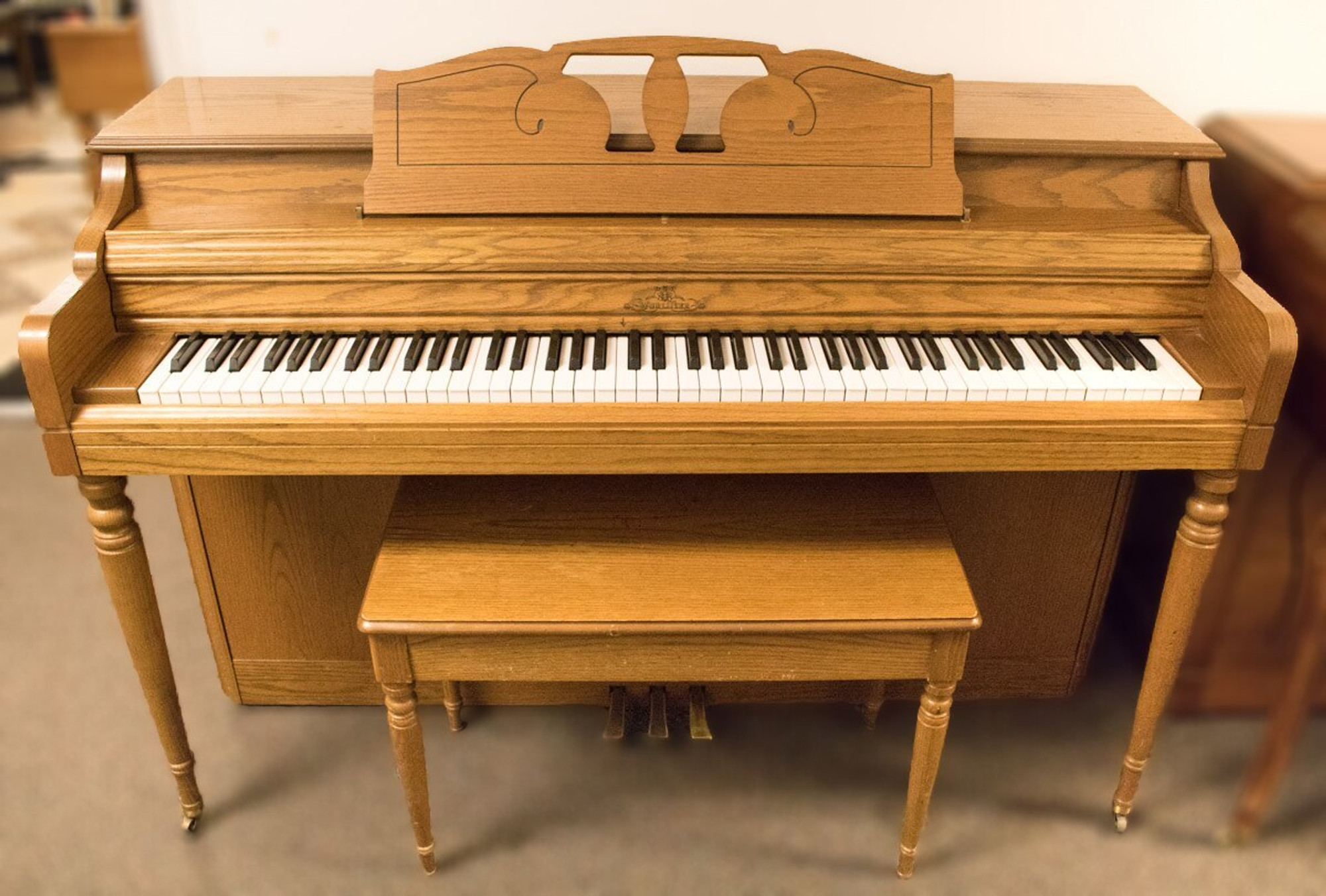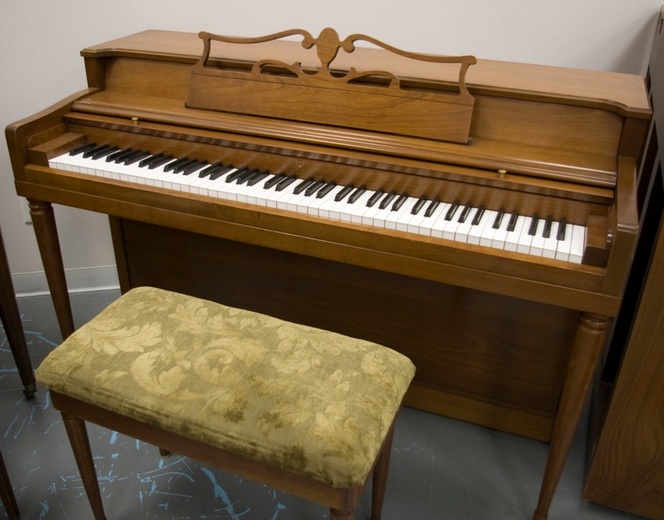
At the high end, the prices are consistent with both a better economy and a higher demand for the type of instrument indicated. At the low end of each range is a price one might find in a poor economy or a “buyer’s market,” where supply exceeds demand.

The price ranges given reflect the wide possibilities a buyer faces in the used-piano market. For prices of pianos made since 1985, I suggest using the depreciation method, described later in this article. The chart is organized by categories of vertical and grand piano broken down by age (pre-19–1985), quality (Average, Better, Best), and condition (Worse, Average, Better, Reconditioned, and Rebuilt). Understandably, however, the price ranges shown in the chart are quite broad. This chart is most useful for determining the approximate value of many brands of older piano for which it would otherwise be difficult to find enough comparable sales to determine a value. The result is the accompanying chart, “Prices of Used Pianos,” though I stress that we do not have enough data to do more than make rough estimates.


To handle this problem, I and my staff have attempted to approximate the fair market value of pianos of various types, ages, and conditions by querying a number of piano technicians about their memories of comparable sales. (Exceptions might be technicians or dealers who specialize in used Yamaha, Kawai, or Steinway pianos, brands that have attained nearcommodity status in the piano business.) There is no central repository for sales information on used pianos, and each appraiser or technician, over a lifetime, sees pianos that are so diverse and scattered as to these criteria that they are likely to be of only limited value as appraisal guides. The problem here is that, with few exceptions, it’s rare to find several recently sold pianos that are perfect matches for all these criteria. Generally speaking, this is the most accurate method of determining value when one has access to a body of information on recent sale prices of comparable items. The comparable sales method compares the piano being appraised with recent actual selling prices of other pianos of like brand, model, age, condition, and location. In this article, I’ve tried to assemble some information and tools to help buyers and sellers understand the appraisal process and determine the value of a piano within a reasonable range.įair market value is the price at which an item would change hands between a willing buyer and a willing seller, neither of whom is compelled to buy or sell, and each of whom has reasonable knowledge of the relevant facts.Īppraisers of used pianos and other consumer goods typically use three different methods to determine fair market value: comparable sales, depreciation, and idealized value minus the cost of restoration. If you can back up your offer with your own technician’s appraisal (including a list of the things that need to be fixed), credible listings of similar pianos, or other evidence of the piano’s true value, you stand a good chance of getting the piano at or close to your price. Ask the seller how they arrived at their asking price. Therefore, don’t let a high asking price keep you from making a more reasonable offer. In addition, when considering a used piano being sold by a private, non-commercial seller, keep in mind that many such sellers really have no firm idea of how much their piano is worth, and have made up something based on little more than a wish. Art being what it is, beauty is in the eye and ear of the potential purchaser, and values are very much subjective.

As if this weren’t enough, it’s almost a certainty that no two piano technicians or piano salespeople would return exactly the same verdict on any given piano’s value. Prices of used pianos vary wildly, depending on local economies, supply and demand, and the cosmetics and playing condition of the instrument at hand, including the amount and quality of any restoration work done. The valuation of used pianos is difficult.


 0 kommentar(er)
0 kommentar(er)
